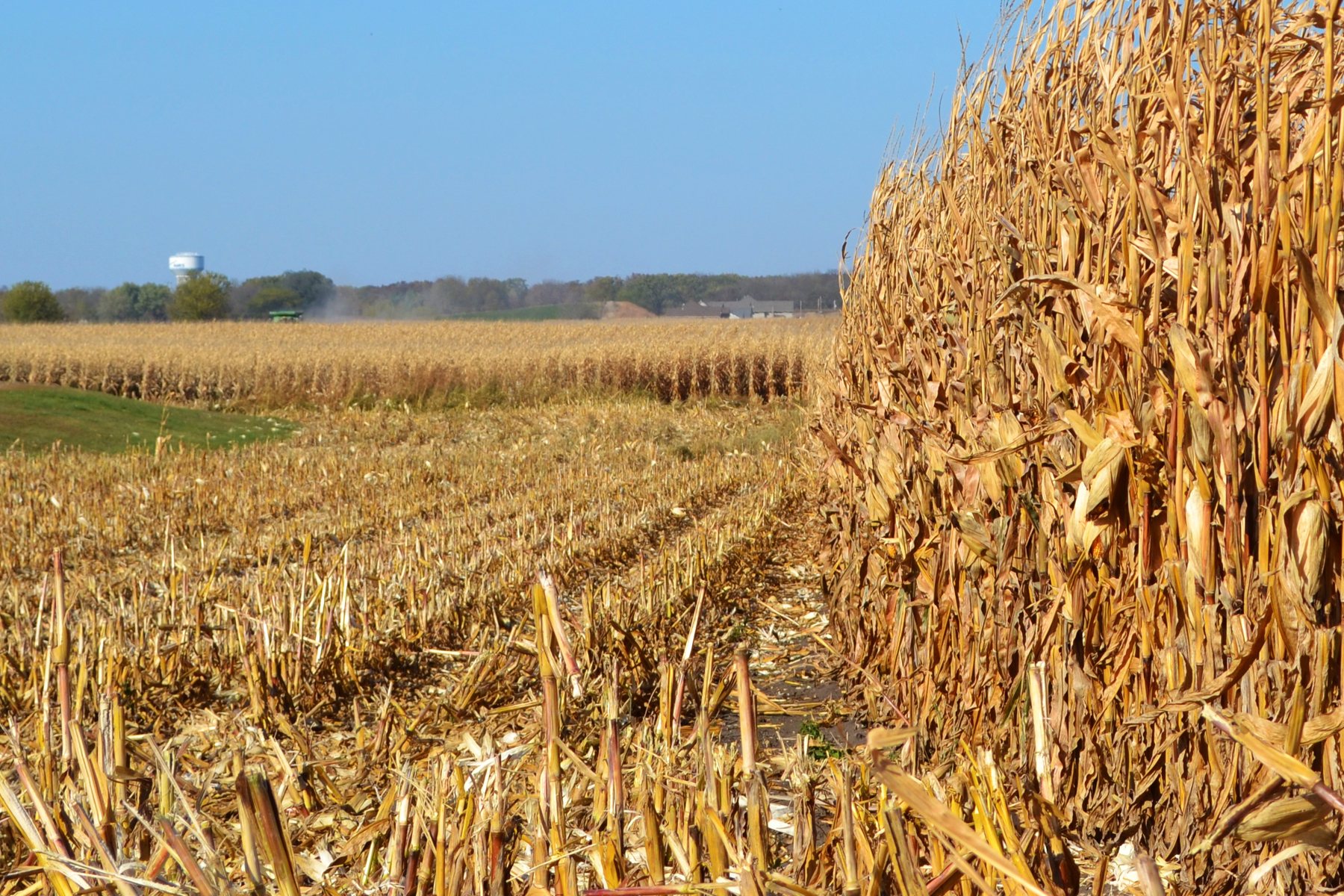Helping Them Breathe More Freely
By Karl Brooks
EPA Region 7 Administrator
 Asthma and its triggers constitute a real public health threat. The almost 25 million Americans who suffer from this serious, sometimes life-threatening disease already know what triggers their disease and have a plan of action. At EPA, controlling these triggers is part of our mission to protect human health and the environment.
Asthma and its triggers constitute a real public health threat. The almost 25 million Americans who suffer from this serious, sometimes life-threatening disease already know what triggers their disease and have a plan of action. At EPA, controlling these triggers is part of our mission to protect human health and the environment.
EPA has joined with federal, state and local partners to build the nation’s capacity to control asthma and manage exposure to indoor and outdoor pollutants linked to asthma.
Throughout the month of May, EPA Region 7’s inside look into the lives of an asthmatic child and her parents (one an EPA scientist) starkly, personally reminds us of this devastating disease’s toll.
Asthma awareness should begin with a discussion on indoor asthma triggers. Americans spend up to 90 percent of their time indoors, where indoor allergens and irritants play a significant role in triggering asthma attacks. Triggers can cause asthma symptoms, an episode or attack, or make asthma worse. Persons with asthma may react to one or more triggers.
Outdoor triggers have also been a focus of EPA’s outdoor air pollution programs throughout the years. Air pollution can trigger your child’s asthma. Even healthy people can have trouble breathing on high air pollution days. Asthma attacks can occur the same day, but may also occur the day AFTER outdoor pollution levels are high. Air Quality Index (AQI) reports help to alert people to unhealthy levels.
For most people, the main air pollution triggers are small particles—also known as particulate pollution—and ozone. These pollutants come from smoke, road dust, and emissions from cars, factories and power plants. In general, ozone levels are highest in the summer, but levels of particle pollution can be high any time of year. They tend to be higher near busy roads and where people burn wood.
These challenges will build because the recently released National Climate Assessment (NCA3) tells us that we are faced with increased heat wave intensity and frequency, increased humidity, degraded air quality, and reduced water quality will increase.
Protecting health is one of our primary goals, so EPA must create real solutions for these very real problems. Just one wheezing, coughing, struggling-to-breathe child in the Heartland epitomizes the millions who suffer from asthma. Helping them breathe more freely is cause enough. EPA remains diligent in our efforts to educate and resolute in our actions to clean the air we breathe.
Dr. Karl Brooks is the Regional Administrator for USEPA Region 7. Brooks earned a Ph.D in History and Environmental Studies from the University of Kansas, and served as Associate Professor at KU until joining EPA in 2010. For his full bio visit EPA Region 7.



